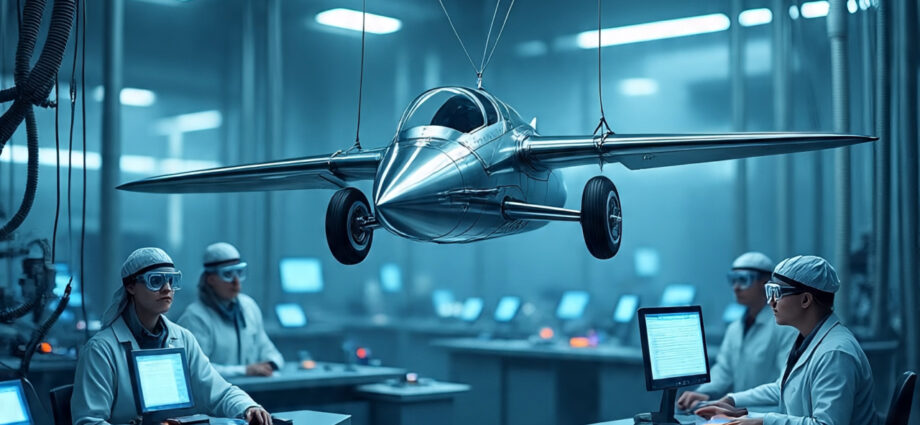By Prachi Kanu Shri, Research Scholar in Semiconductor Industry and Ancient Indian Sciences.
- Shivkar Bapuji Talpade, an Indian instructor, claimed to have built an unmanned aircraft called Marutsakha, inspired by ancient Vedic texts. In 1895, he supposedly flew it on Chowpatty Beach in Mumbai, reaching a considerable height before crashing. The flight was witnessed by a crowd, including prominent figures like the Maharaja of Baroda.
Bāpuji Talpade had interest in Sanskrit and aviation. He lived in Mumbai, and his flight model have gained controversy that it is heavier-than-air aircraft in 1895. He died in 1916 without any recognition.
The authenticity of Talpade’s achievement is disputed among scientists and historians. Few scientists pointed out implausibility of design as compared to current spindle shape and other aerodynamic laws/aeronautical principles. And the Historians have been questioning lack of concrete evidence.
Let’s analyse.
When we talk about aerodynamics, it is the study of how air and other gases move and how they interact with objects to make it fly. And Aeronautical principles encompass the design, construction, and operation of aircraft like spindle in shape.
But what if air is not used for a levitation in flight?
Yes, there are other principles of flight like magnetohydrodyanamics where rotating mercury can be used to generate a magnetic field, which can interact with other magnetic materials to produce levitation.
There are evidences that ancient Indian texts recognized mercury (Parad) as a unique element, particularly because it’s liquid at room temperature and had many unique properties. This led to extensive study and experimentation with its properties and potential for interaction with other substances.
In modern sciences, Mercury is a transition metal, the only common metal liquid at room temperature. It has a high density and is a fair conductor of electricity. Challenges related to its toxicity limits its ongoing research in present times but it does not appear to be a limitation in the era of Parad Vigyaan, where the ancient literature boasts about the extensive use of mercury and various yogic practices and sciences.
Coming back to Bapuji Rao Talpade, who have also reportedly used mercury in his flying model.
Hence just because a model does not fit into conventional principles of aerodynamics or aeronautics does not disqualify the object for a flight.
As far as historians are concerned, they might not agree to Talpade’s experiments but what about already existing book of Vaimanik Shashtra ?
Vaimanim Shashtra explains various unconventional concepts of flight beyond current understanding of aerodynamics possibly delving into other principles.
The Vaimanika Shastra, an ancient Indian text attributed to Maharshi Bharadwaja, describes advanced flying machines called vimanas and their operations. This text explores unconventional concepts of flight, including:
– *Mercury Vortex Propulsion*: Using liquid mercury in rotating chambers to create antigravity effects, potentially similar to gyroscopic or electromagnetic propulsion.
– *Advanced Materials*: Self-healing materials, heat-resistant alloys, and shape-shifting capabilities that could enhance flight performance.
– *Energy Sources*: Harnessing solar energy, zero-point energy, and other advanced technologies to power vimanas.
– *Stealth Technology*: Vimanas could become invisible using techniques like Gudhaprakasha technology.
– *Artificial Intelligence*: Vimanas might have used early forms of AI for navigation, flight control, and decision-making.
The text describes various types of vimanas, including :
– *Rukma Vimana*
– *Sundara Vimana*
– *Shakuna Vimana*
– *Tripura Vimana*
Hence despite of controversies and debates, the Talpade’s first flight and Vaimanika Shastra remains a fascinating topic, sparking discussions about ancient Indian science of flights and it’s potential connections to modern technologies. Its concepts, such as mercury vortex propulsion, continue to inspire exploration and research.
![]()
- Modern Sound Wave Therapy and Sanatan Wisdom - November 7, 2025
- Shivkar Bapuji Talpade, the first flight engineer? - August 2, 2025
- Did Western Scientific Discoveries Draw Inspiration from Indian Sanatan Literature? - July 24, 2025

